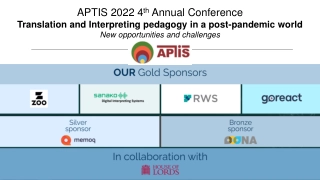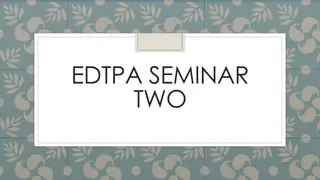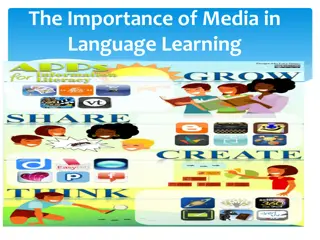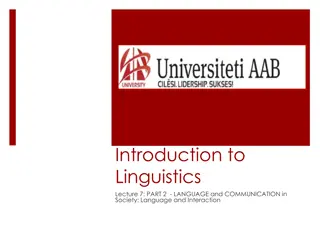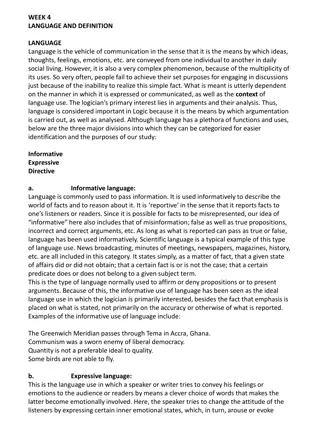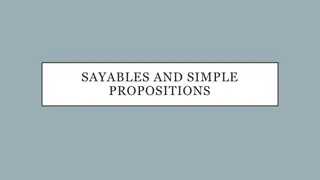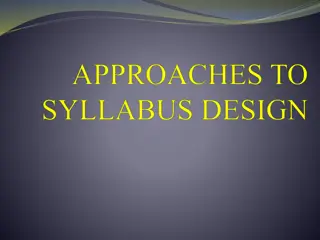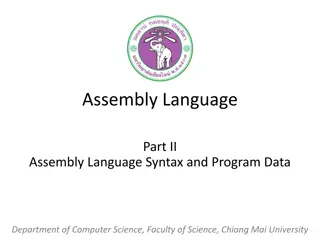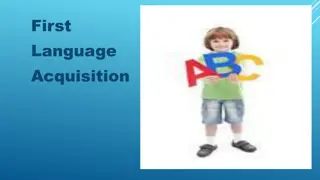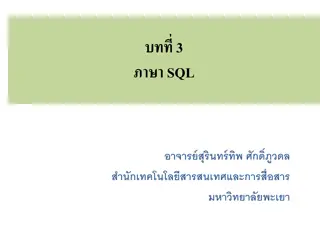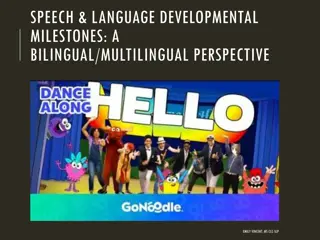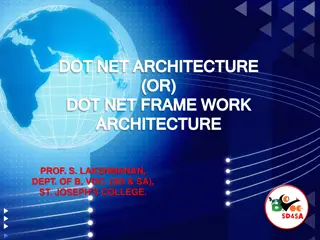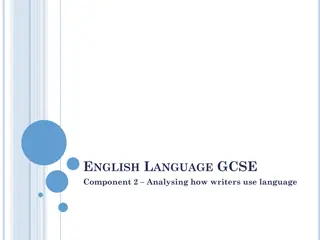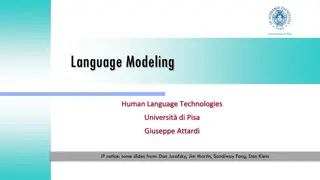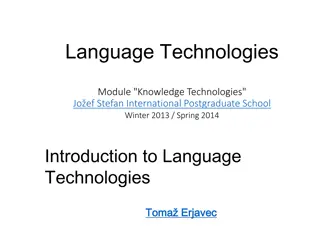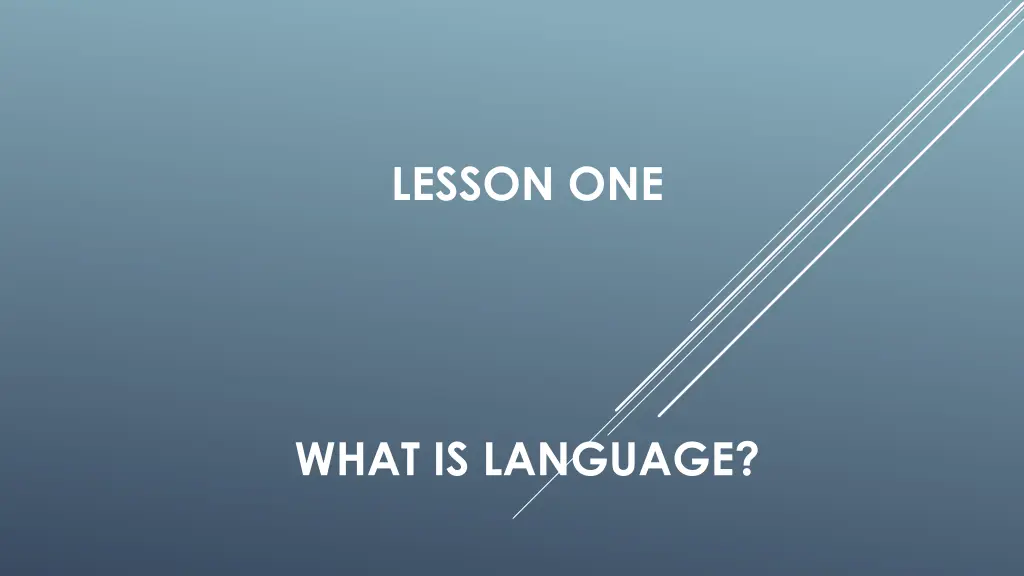
Understanding Language: Definitions, Origins, and Perspectives
Explore the multifaceted nature of language through various definitions, etymology, and scholarly insights. Language, a human system of communication, is intricately linked to human interaction and the expression of ideas and emotions. Discover the historical significance and fundamental characteristics of language as discussed by linguistic experts like Edward Sapir and C. Hall.
Download Presentation

Please find below an Image/Link to download the presentation.
The content on the website is provided AS IS for your information and personal use only. It may not be sold, licensed, or shared on other websites without obtaining consent from the author. If you encounter any issues during the download, it is possible that the publisher has removed the file from their server.
You are allowed to download the files provided on this website for personal or commercial use, subject to the condition that they are used lawfully. All files are the property of their respective owners.
The content on the website is provided AS IS for your information and personal use only. It may not be sold, licensed, or shared on other websites without obtaining consent from the author.
E N D
Presentation Transcript
LESSON ONE WHAT IS LANGUAGE?
What is linguistics ? First year Syllabus?
HUNDREDS OF DEFINITIONS EACH DEFINES LANGUAGE FROM ITS OWN PERSPECTIVE:
-a method -A means -Code -an instrument -A way -Faculty -Ability -An organ -a tool .etc
A Human System of communication used with each other to express feelings ,ideas emotions, thoughts and needs using signals ,sounds and written symbols within the same social group
THE WORD ETYMOLOGY: The English word language derives from Latin Lingua = "language, tongue". This metaphoric relation between language and the tongue exists in many languages (eg: Arabic- ) and testifies to the historical prominence of spoken languages.
(1921) Language is purely human and non-instinctive method of communicating ideas, emotions and desires by means of voluntary produced symbols .Edward Sapir
C.HALL (1968) IN ESSAY ON LANGUAGE Language is the institution whereby humans communicate and interact with each other, by means of habitually used-oral-auditory or arbitrary symbols .
(1957) : From now on , I ll consider language to be a set of sentences each finite in length and constructed out of the finite set of elements . Noam Chomsky
5-Robins(1979) : a)- Extensibility b)-Modifiability (adaptability)

